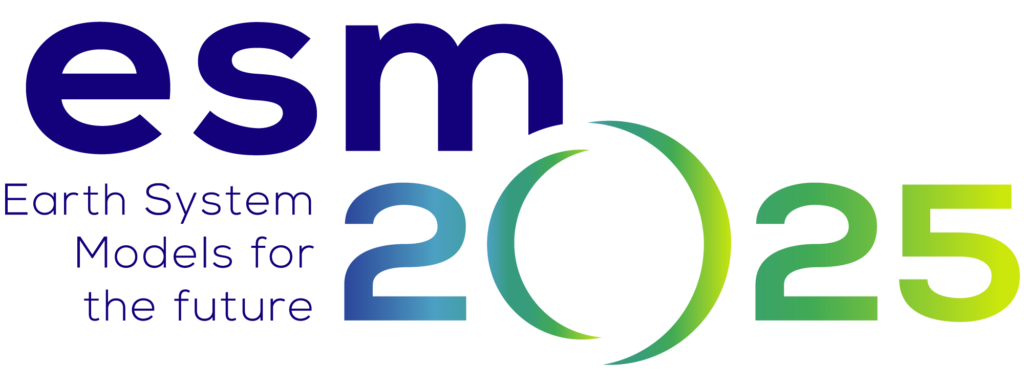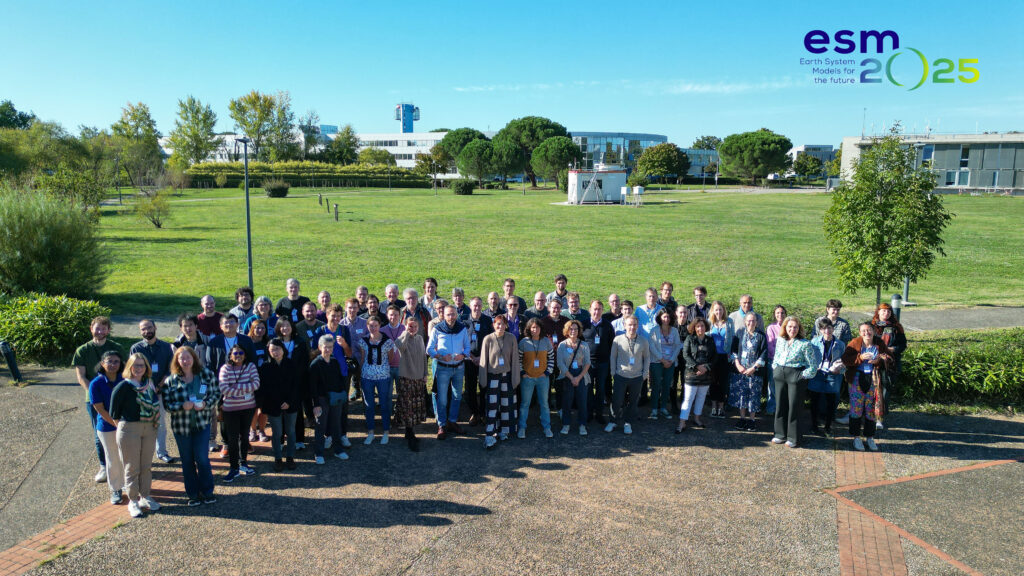
7–9 October 2025, Météo-France Campus, Toulouse.
Our last General Assembly felt a bit like finishing a good book: satisfying, surprising in places, and leaving us keen for the sequel. Nearly ninety of us met in person, many more joined online, and the campus kindly provided the sky, the coffee and the long corridors for conversations that refused to end on time.
We gathered to take stock of four-and-a-half years of work across the ESM2025 consortium. The verdict in Toulouse was simple: the project worked. It worked scientifically, with tangible advances across topics from interactive methane and land-based mitigation to ice sheets and ocean dynamics. It worked socially, with a network that learned to speak across disciplines. And it worked outwardly, with strong outreach and education activities that connected climate research to teachers and policy audiences.
Day 1: Setting the tone
The opening sessions framed why our work matters now. We looked back at how ESM2025 helped shift mindsets toward emission-driven simulations and closer bridges between Earth System Modellers and Integrated Assessment Modellers. A quick PICO flash tour turned the poster hall into a map for the next three days. The morning then moved through Core Theme 1 highlights in the engine room of model improvement, alongside a keynote on TRACCS and how coordinated national efforts co-design knowledge and tools with users.
After lunch, the spotlight turned to the launche of the CMIP Rapid Evaluation Framework (REF). Fast, transparent checks for ESM outputs, with a clear invitation to contribute. Then came two hands-on workshops. One dug into the transient climate response to cumulative CO₂, and the other tackled model selection in practice.
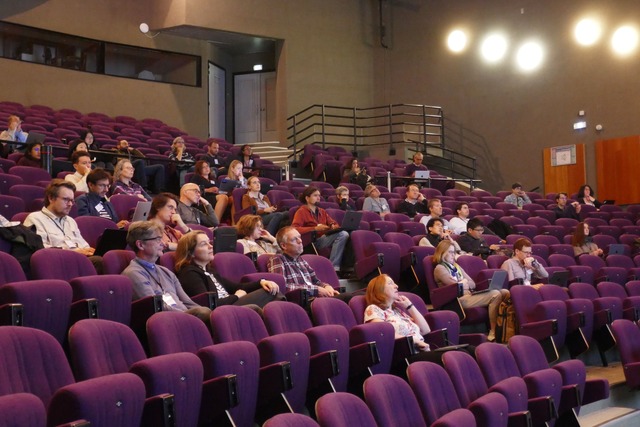
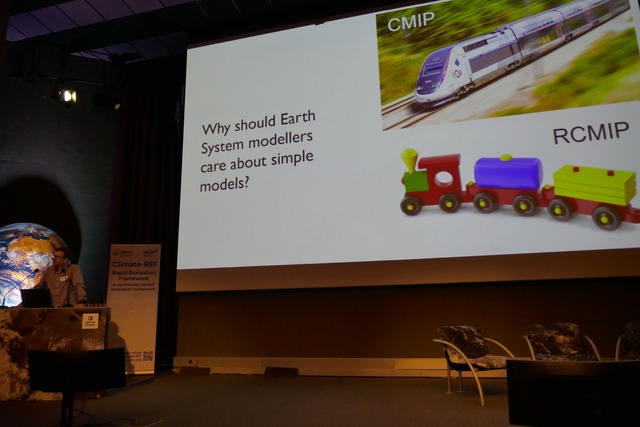
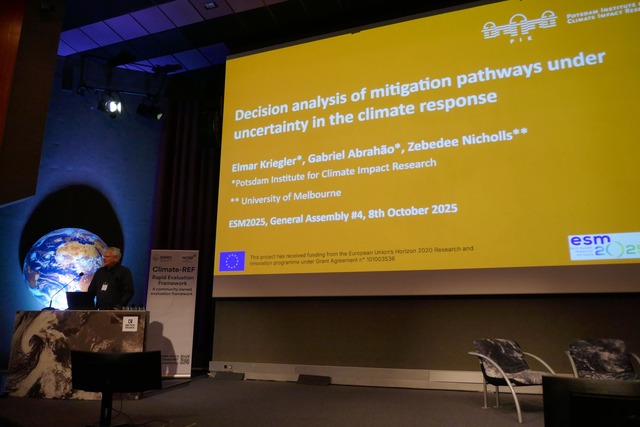
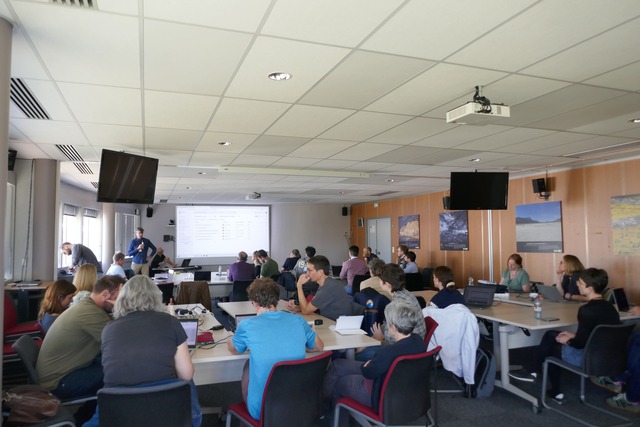
Day 2: Tools, choices and workshops
The morning keynote on RCMIP2 made coordinated calibration feel like good craft. Tune the instruments together and you hear which notes belong to model structure and which to our calibration choices. That set up Core Theme 3, where the room tested choices under uncertainty. We were reminded that irreversibility and feedback asymmetries are not footnotes. We were asked how non-linear nature might be. We have seen how a single, well-placed uncertainty can swing land-use negative emissions, and how we can rank decision-analysis by welfare and overshoot. JFarm management was stitched from REMIND-MAgPIE into LPJmL, and constraints were anchored in observed temperature and Earth’s energy imbalance.
We also opened Core Theme 2 with a keystone on a multi-model methane modelling analysis. The room warmed to the emissions-driven legacy: new ESMValTool checks for emission-driven models , Elmer/Ice inside IPSL ESM, first steps toward methane-emission-driven runs with ICON-XPP, and the transient fingerprint of lake methane.
The afternoon opened like a diptych: two rooms, doors ajar, conversations rising. In the TCRE workshop, the conversation went through the ocean: its heat and carbon “memory” shaping asymmetry and irreversibility, and how better constraints on β and γ can emerge, and AMOC strength. ZEC, pattern effects and what flat experiments can teach us about feedbacks all featured.nUp above, ESM Challenges: Complexity, Resolution & AI moved from naming our stubborn biases to key research gaps. We saw marine biogeochemistry externalised and coarsened, cutting cost while keeping effective resolution for mesoscale dynamics. And we toured ML applications in the Earth system.
We closed the day in style at Halle de la Machine. A banquet preceeded by an incredible show by machines and the Véritables Machinistes, with Astérion the Minotaur keeping quiet company outside, along the Piste des Géants.
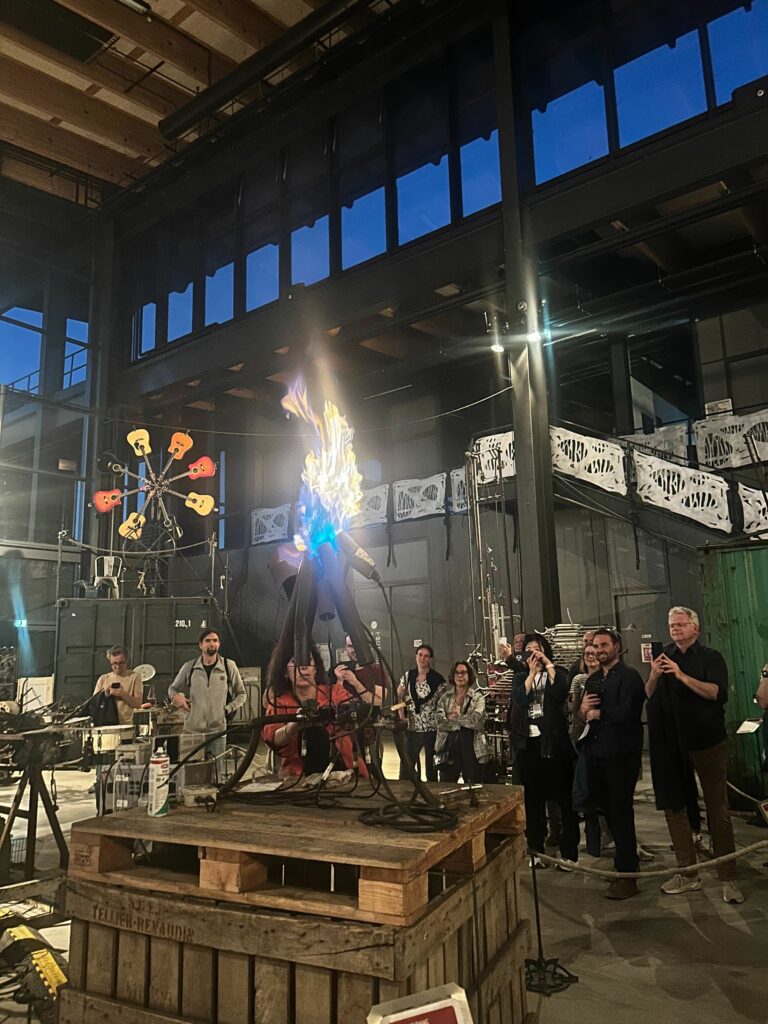
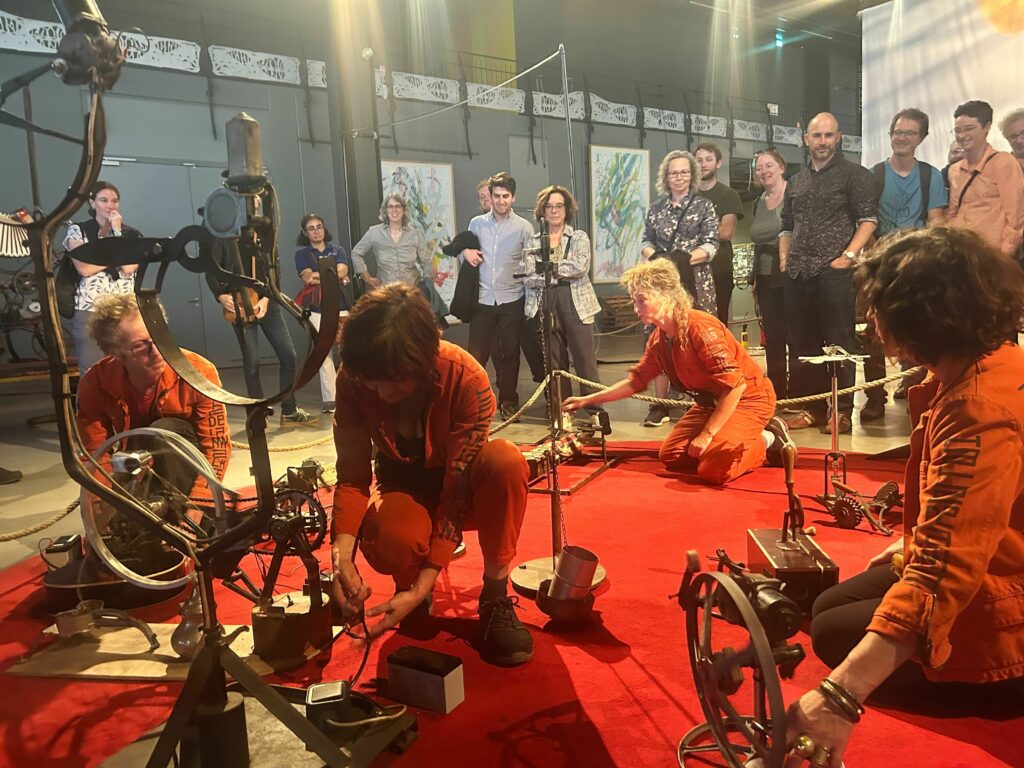
Day 3: Perspective and the long view
The final morning stitched everything together. We discussed the status of CMIP participation, the role of AI in workflows and modelling, the near-term future of climate modelling. The focus stayed concrete: where ESM2025 results land in upcoming assessments, how community tools will travel, and how to keep the bridges we built in daily use rather than for special occasions.
We are proud of what we have achieved together. ECRs stepped forward, presenting, questioning and shaping the conversations. The project helped senior scientists meet in the middle, and made our outputs legible beyond our own circles. In a little over a month the project will formally close, but the mood in Toulouse was that the work continues with better maps and more travel companions.
What we take with us
- Scientific advances with a purpose. From emission-driven modelling to earth system interactions and robust mitigation choices, we advanced models, diagnostics and workflows that others can use. Several of these now connect to ongoing community efforts and the next CMIP cycle.
- Bridges that hold. ESM ↔ IAM dialogue moved from “promising” to “productive.” That shift will matter for mitigation choices, where uncertainties are not footnotes but steering wheels.
- Education and outreach that traveled well. Students and teachers did not just watch; they created. Our videos and school engagements gave climate science a human voice and a classroom seat.
- A stronger community fabric. Many projects make papers. Fewer make habits. The habits here include sharing code and data, working together between research groups and communities, designing for reuse, and keeping policy and societal relevance in frame.
Thank you
Our warm thanks to CNRM at Météo-France and CNRS for hosting us so generously on the Toulouse campus, to all presenters and session leads, to the workshop organisers, and to everyone who carried a laptop, a poster tube, or an extra question down those corridors. Thanks also to our external partners for the candid perspectives that sharpen our work.
What’s next
We will package final materials over the coming weeks: highlight articles, workshop notes, and pointers to tools and datasets. The Rapid Evaluation Framework will continue to evolve with community input. Several lines of work seeded in ESM2025 are already finding a home in follow-on collaborations. The story doesn’t end here; it just changes chapter.
